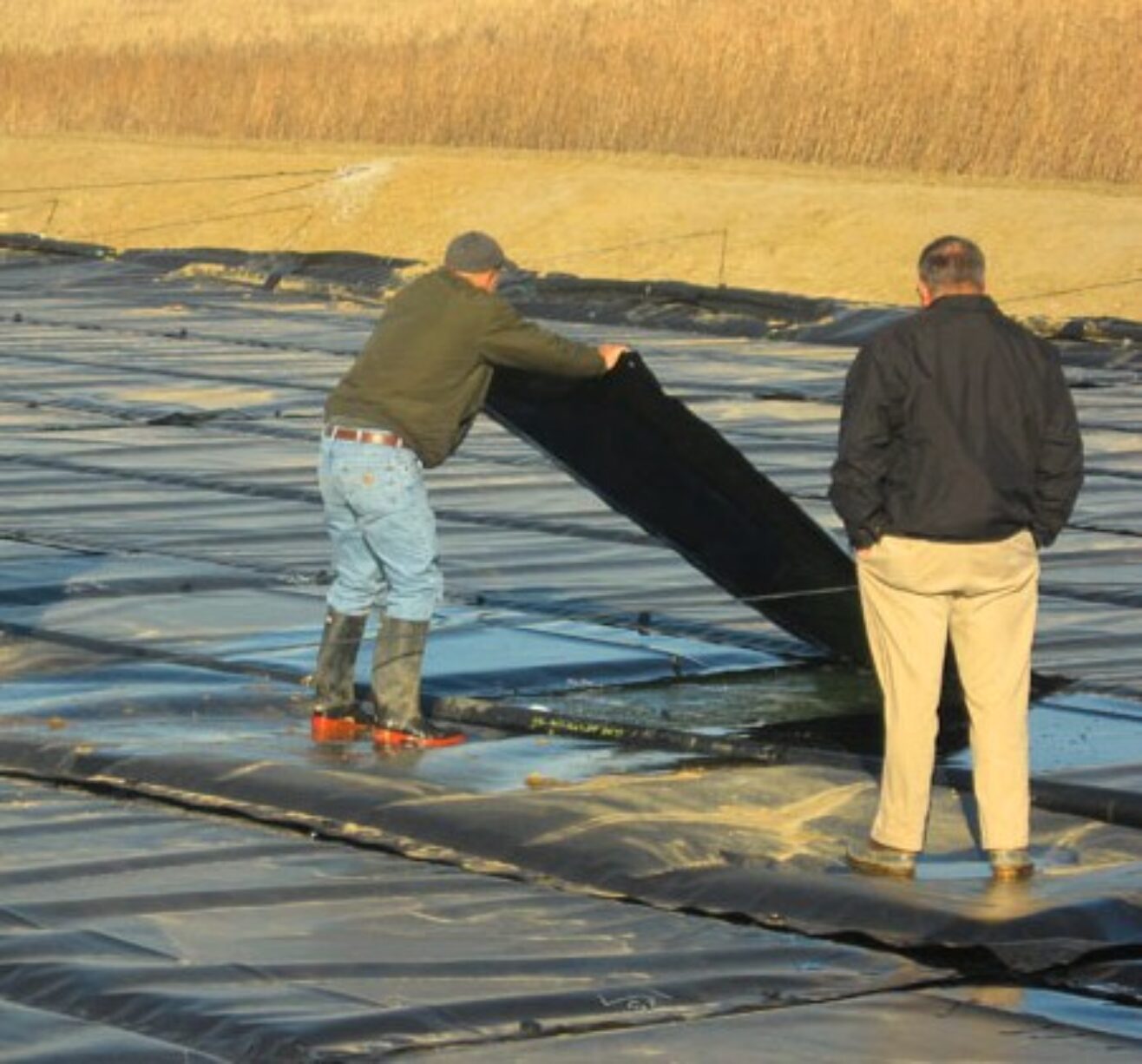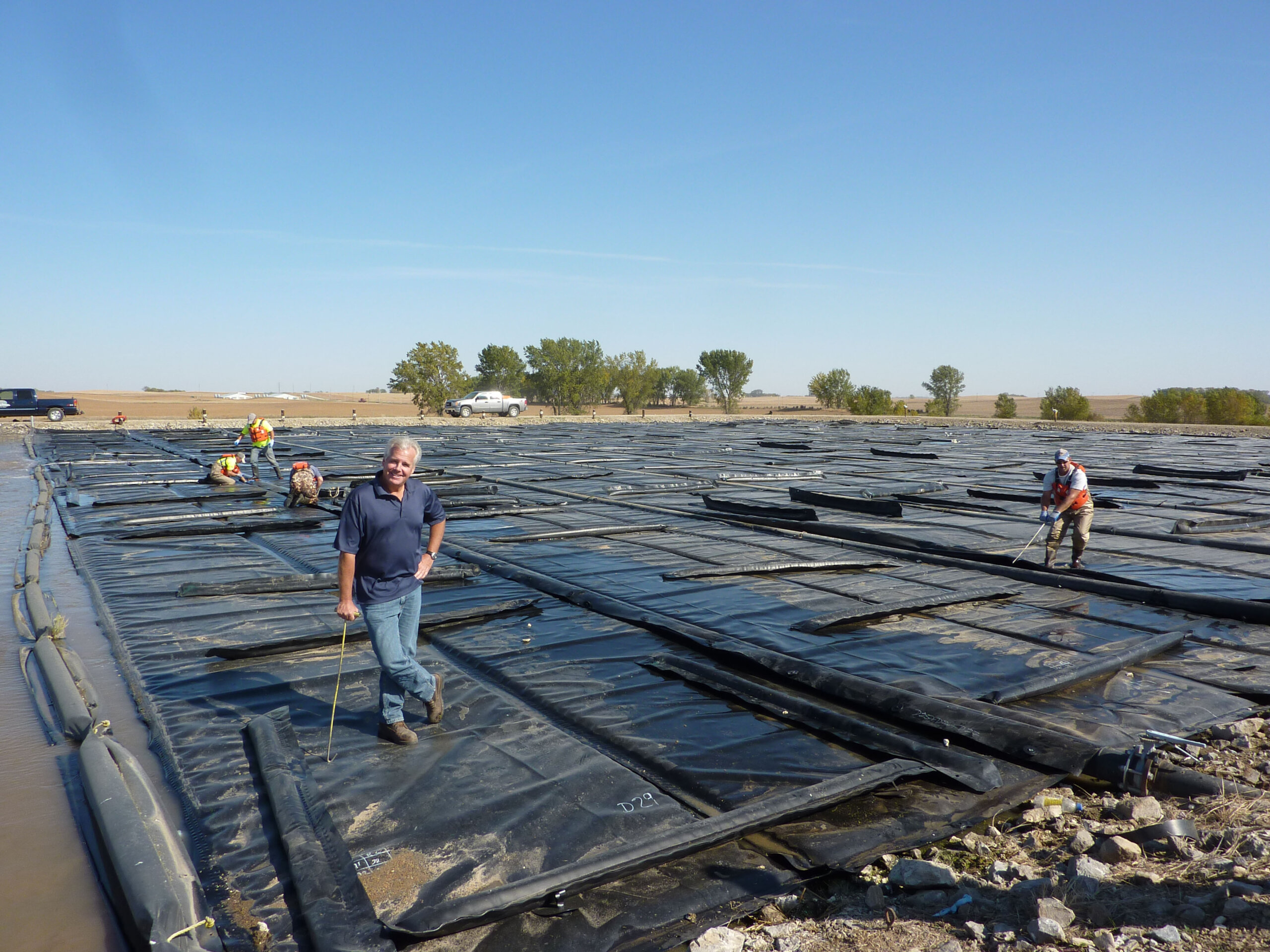Identifying and Responding to Problems Treating Wastewater

Wastewater treatment using lagoons is widespread in certain areas. The lagoon treatment process usually works well for wastewater treatment in some regions, but the regulated lagoon effluent quality is not always met. The most frequent problems are elevated biochemical oxygen demand (BOD5), total suspended solids (TSS), ammonia (where regulated), and high or low pH. The odor from lagoons can also be troublesome.
Troubleshooting lagoons for effluent quality problems is not straightforward since the numerous biological and chemical processes involved are complex and not fully understood by some professionals, engineers and operators.
A biology- and chemistry-based approach to troubleshooting lagoon systems may help successfully correct lagoon treatment problems.
Collection & interpretation
Lagoon effluent problems have many sources. The most common are: organic overloading and accompanying low dissolved oxygen conditions, short hydraulic detention time or short-circuiting, algae or sulfur bacteria overgrowth, old sludge accumulation, and partial nitrification.
BOD5
High effluent BOD5 concentrations can point to many issues such as an incomplete wastewater treatment because of organic overloading, low oxygen concentration and low hydraulic detention time.
TSS
High effluent TSS is in many instances caused by high algae or sulfur bacteria growth.
pH
High or low effluent pH problems can occur for different reasons. Low effluent pH of less than 7.0 may be caused by organic overloading or low oxygen conditions. High effluent pH is generally caused by extensive algae growth.
Ammonia
A major problem with ammonia removal in lagoons is the lower temperature of influent wastewater in the winter as a result of long hydraulic detention time.
Odor
Low oxygen conditions often cause odor in lagoons.
Lagoon effluent testing
Analysis tests for troubleshooting lagoon systems include:
- Effluent BOD5 and TSS results for multiple years
- Effluent carbonated BOD value
- Effluent soluble BOD5 and total BOD milligrams per liter (mg/L)
- Effluent pH variations
- Lagoon dissolved oxygen fluctuations
- Microscopic examination
- Seasonal changes
To continue reading the full article, click here: Identifying and Responding to Problems Treating Wastewater
Article originally published on: Water Technology Online – September 30, 2016

Let’s Get Started
We are happy to help and look forward to hearing from you. Please contact us with any questions or inquiries.